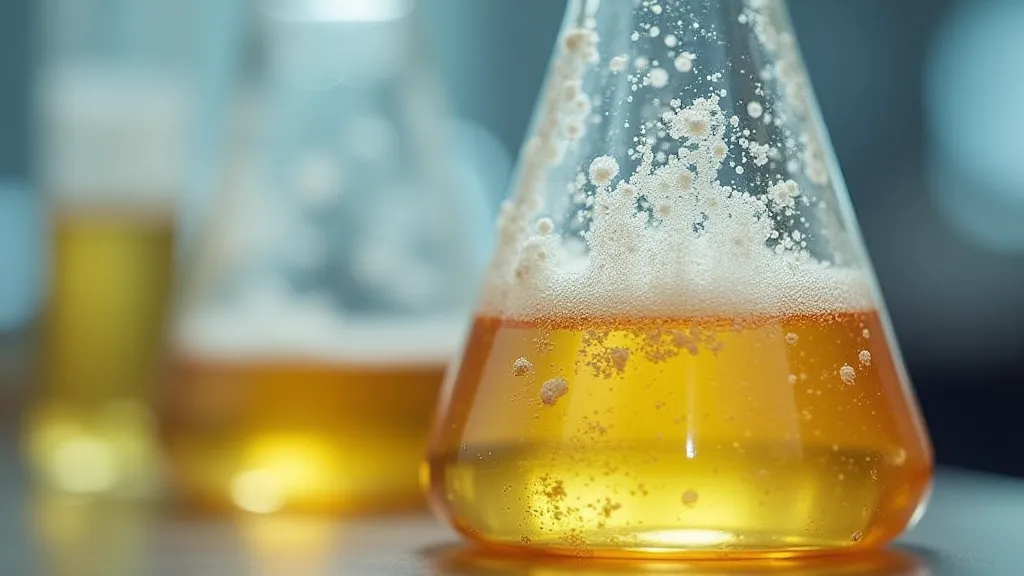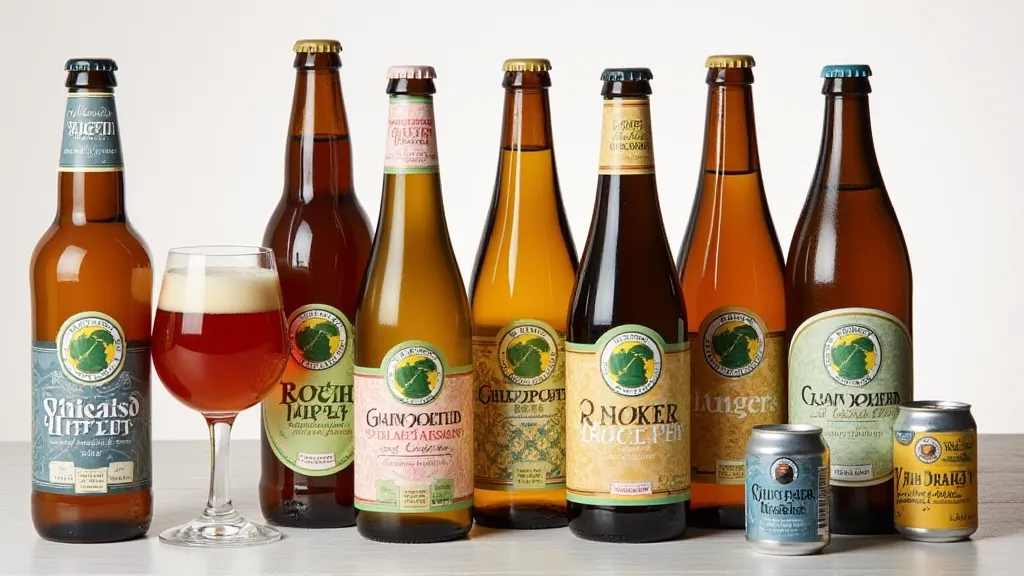Brewing Saison: A Guide to this Unique Style
Saison, pronounced "say-sohn," is a Belgian farmhouse ale that has captivated brewers and beer enthusiasts alike. Its complex flavor profile, high drinkability, and fascinating history make it a truly unique and rewarding style to brew. This guide will walk you through the key aspects of brewing Saison, from understanding its defining characteristics to selecting the right yeast and crafting your own delicious recipe.
What is Saison? Defining Characteristics
Traditionally brewed in farmhouses of Wallonia (the French-speaking region of Belgium), Saison was brewed in the cooler months and allowed to ferment at warmer temperatures, naturally providing carbonation for consumption during the summer. These beers were often the only alcoholic beverage available to farmworkers during harvest season. The process itself often required some adaptability, and brewers would often improvise based on available equipment and ingredients, which contributes to the wide range of styles we see today.
Several characteristics define a true Saison:
- High Attenuation: Saison yeasts ferment wort aggressively, resulting in a dry finish. This can sometimes lead to unexpected results, especially for newer brewers, and ensuring adequate yeast health is critical – consider creating a yeast starter.
- Peppery/Spicy Phenols: This is a hallmark of Saison yeast character, often described as peppery, spicy, or even slightly clove-like. These phenols are key to the characteristic Saison flavor profile.
- Earthy & Fruity Esters: Alongside the spicy phenols, Saison beers often exhibit subtle fruity and earthy esters. The interplay between phenols and esters creates a complex and inviting aroma.
- Moderate to High Bitterness: While not overly bitter, Saison typically has a noticeable hop presence. Hop selection contributes to the overall balance and complexity of the beer.
- High Carbonation: Traditionally highly carbonated, often mimicking the effect of natural bottle conditioning. Achieving the right level of carbonation is crucial; over-carbonation can lead to bottle bombs!
- Dry Finish: Due to the high attenuation of the yeast. The dryness contributes to the beer's refreshing drinkability, especially during warm weather.
Crafting Your Saison Recipe: Tips for Success
Building a Saison recipe requires careful consideration. Here's a breakdown of important ingredients and techniques:
Grain Bill
While variations abound, a typical Saison grain bill includes:
- Pilsner Malt (70-90%): Forms the base of the beer, providing fermentable sugars. The quality of the base malt greatly influences the final product.
- Wheat Malt (5-15%): Adds complexity, contributes to head retention, and adds a slight haze. The amount of wheat malt affects the beer's body and appearance.
- Oats or Flaked Oats (5-10%): Adds body and contributes to a creamy mouthfeel. Oats also contribute to a pleasing haze.
- Specialty Malts (up to 10%): Consider using Vienna, Munich, or a touch of Crystal malt for added complexity and color. These malts add subtle nuances to the flavor profile.
Saison brewing often uses European hops, particularly those from Belgium or Germany. Hallertau Mittelfrüh, Saaz, and Strisselspalt are excellent choices. A moderate hop rate provides balance without overshadowing the yeast character. Remember, the equipment you use can impact hop utilization – selecting the right fermenter is key to consistent results. If you are just starting out, you might find choosing the right fermenter a helpful first step in your homebrewing journey.
Water Chemistry
Consider adding calcium sulfate (gypsum) to mimic the mineral profile of Belgian brewing water. This can enhance the beer’s crispness and mouthfeel. Water chemistry can dramatically impact the final product, and understanding its role is an advanced brewing technique.
Yeast Selection: The Heart of Saison
The yeast is arguably the most critical component in Saison brewing. Numerous Saison yeast strains are available, each with its own unique flavor profile. Here are a few popular choices:
- Wyeast 3711 - French Saison: A classic choice, known for its spicy, peppery phenols and dry finish.
- White Labs WLP550 - Saison Belle Saisonnière: Offers a pronounced spicy character and a slightly fruity ester profile.
- Lallemend LalBrew® AAP01 – American Ale Yeast: While technically an American ale yeast, it ferments like a Saison, imparting similar spice and dryness.

Fermentation & Beyond
Saison ferments best at warmer temperatures (68-78°F / 20-26°C). However, gradual temperature ramps can help control ester production. Don't be afraid to experiment! Monitoring your fermentation and troubleshooting any issues that arise is a key skill for any homebrewer, and it's a good idea to be prepared for potential problems. Troubleshooting common home brewing problems can be a lifesaver when things don't go as planned.
Bottle conditioning or kegging are both suitable options for carbonating your Saison. If bottle conditioning, be mindful of the high attenuation, as it can lead to over-carbonation and bottle bombs! It's important to have the right equipment to ensure consistent results. Having the essential brewing equipment helps greatly in this regard.
Experimentation is Key
Saison brewing is an incredibly versatile style. Don't be afraid to experiment with different grains, hops, and yeast strains to create your own unique interpretations of this classic Belgian farmhouse ale. The possibilities are truly endless! Consider experimenting with different hop varieties to discover the perfect balance for your Saison. The right equipment, like a well-suited fermenter, can truly affect the outcome too.






